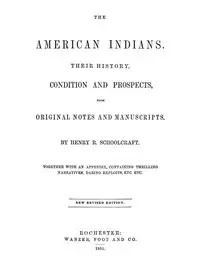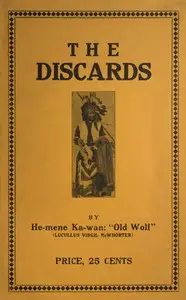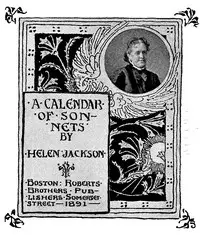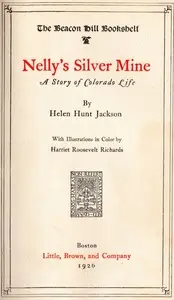"A Century of Dishonor" by Helen Hunt Jackson is a late 1800s historical book that exposes the unfair treatment of Native American tribes by the U.S. government. The story digs into broken promises, unfair actions, and the resulting violence that occurred during these meetings, emphasizing the government's inability to keep its word, especially when it came to land agreements. It brings to light the ways Native Americans were treated unfairly, with their homelands grabbed and changed without permission, by using historical papers and agreements. The book is a call for big changes, aimed at making people more aware of the past wrongs and pushing them to fix them.

A Century of Dishonor A Sketch of the United States Government's Dealings with Some of the Indian Tribes
By Helen Hunt Jackson
Discover a shocking history of betrayal, injustice, and the fight for survival as a nation breaks its promises to the original people of the land.
Summary
About the AuthorHelen Hunt Jackson was an American poet and writer who became an activist on behalf of improved treatment of Native Americans by the United States government. She described the adverse effects of government actions in her history A Century of Dishonor (1881). Her popular novel Ramona (1884) dramatized the federal government's mistreatment of Native Americans in Southern California after the Mexican–American War and attracted considerable attention to her cause. Commercially successful, it was estimated to have been reprinted 300 times, with readers liking its romantic and picturesque qualities more than its political content. The novel was so popular that it attracted many tourists to Southern California who wanted to see places from the book.
Helen Hunt Jackson was an American poet and writer who became an activist on behalf of improved treatment of Native Americans by the United States government. She described the adverse effects of government actions in her history A Century of Dishonor (1881). Her popular novel Ramona (1884) dramatized the federal government's mistreatment of Native Americans in Southern California after the Mexican–American War and attracted considerable attention to her cause. Commercially successful, it was estimated to have been reprinted 300 times, with readers liking its romantic and picturesque qualities more than its political content. The novel was so popular that it attracted many tourists to Southern California who wanted to see places from the book.



















